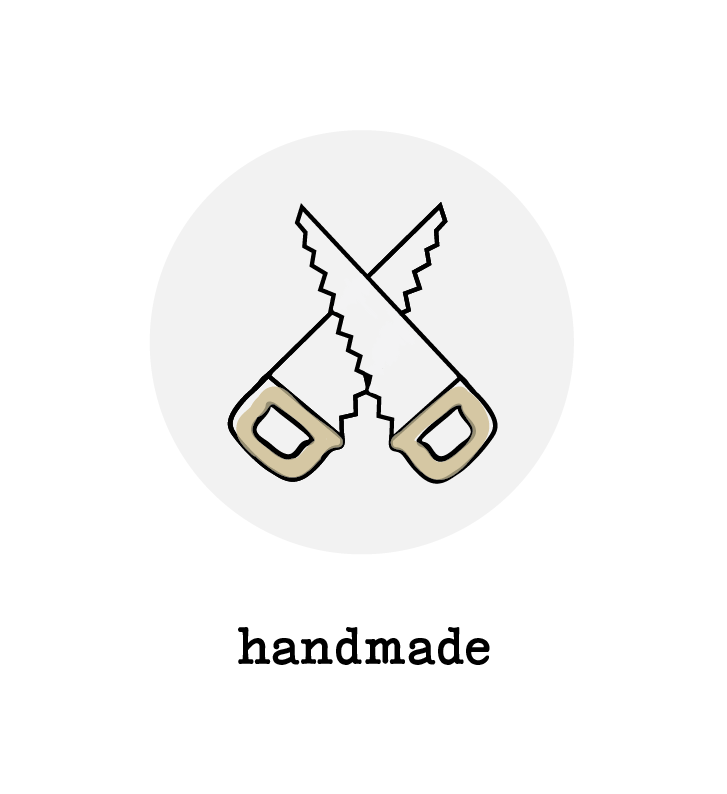Acoustic Material
DIY for the handy ones
If you plan to soundproof your room or make the acoustic treatment on your own, make sure to use the right materials. The best acoustic material for both is Envizol.
It is made from recycled PET and is completely safe to work with as it doesn’t release any microparticles when you handle it. And that’s not all. It has the highest acoustic absorption coefficient, comparable to glass wool.
Acoustic material
Q&A: ACoustic material
Can my homemade absorbers work as good as Ekustik panels?
Sure they can. Just make sure to use acoustic material Envizol, the same as we do. If you plan to cover the front with fabric, make sure you use acoustically transparent fabric, so it doesn't reflect the sound.
How many absorbers do I need in my studio or at home?
Every good music studio or rehearsal room needs absorbing and diffusing panels on more than 50 % of its wall area, with absorbers playing the major part. In a home listening room or home theatre, they should occupy at least 20 % of the wall area while large commercial spaces such as offices and restaurants typically require a tailor-made solution.
Where do I place the absorbing panels?
The very first thing to do is cover the first reflection points on the walls between the source of sound and the listening position. That way you eliminate early reflections. If you don't do this, the sound waves will bounce off the walls and interfere with the direct waves from the speakers, resulting in a sound that’s not clear and balanced. Check out our acoustic guide to find out more.








Do you want to soundproof your room or make acoustic treatment on your own? If so, don't forget to use the insulation material Envizol from recyclate. We use it for our Woodys too. It’s a sustainable and health-friendly alternative to rock and glass wool.
Key features:
the highest sound absorption efficiency comparable with rock and glass wool
effective for insulation to building partitions, etc.
made in the Czech Republic from recycled PET bottles
harmless and easy to work with (OEKO-TEX® STANDARD 100) - doesn’t release any micro-particles into air
sold in packages of 10 pieces